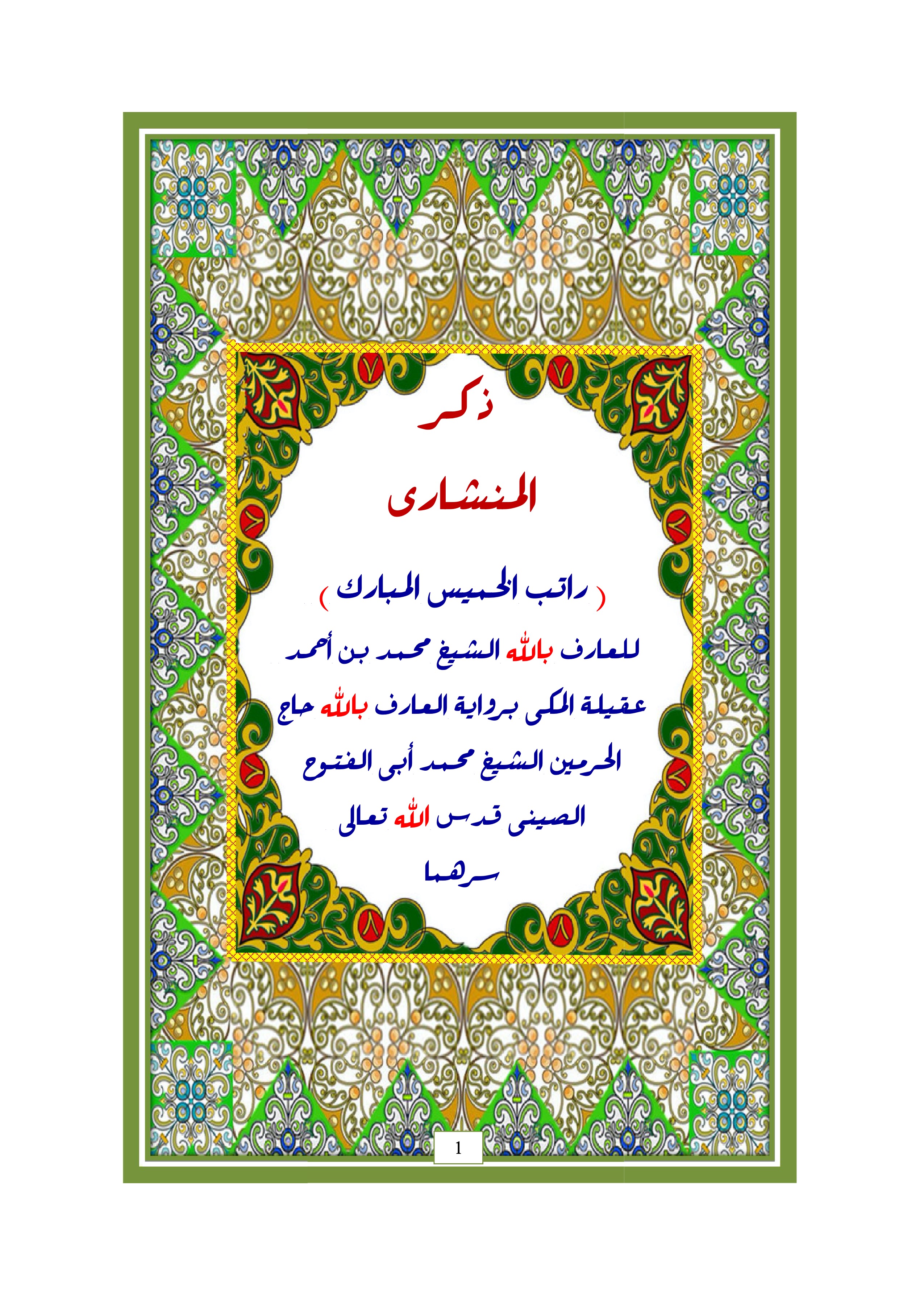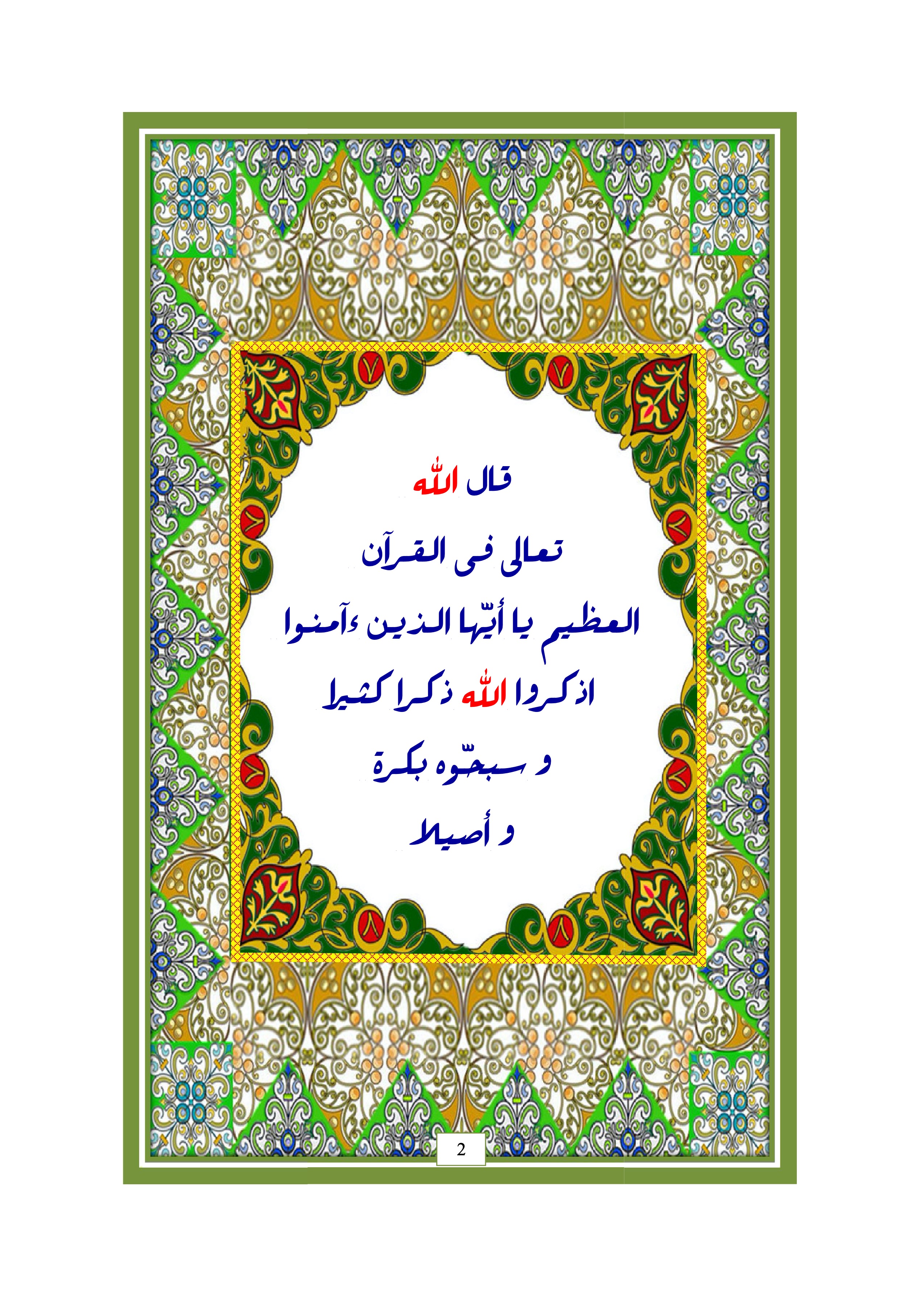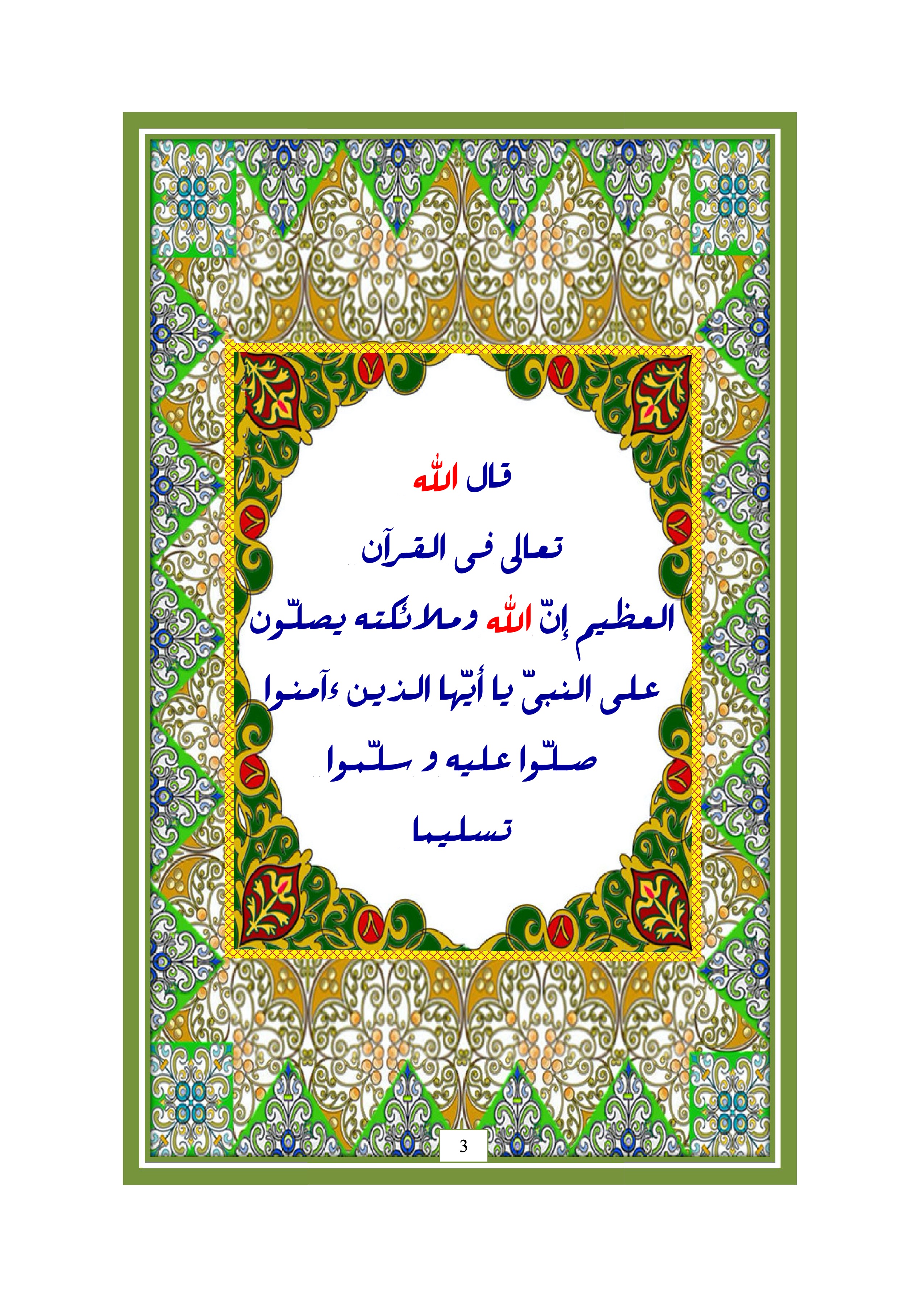Manuscript Details
- Home
- Individual Manuscript
Manuscript Information
- Title in Arabic/Persian Script: ذكر المنشاري
- Arabic Title: Dhikr al-Minshārī
- Chinese Title: 明沙勒
- Author: Muhammad bn Ahmad Aqīla al-Makkiyy
- Assembler: Muhammad Husayn Ibn Khalīlillāh
- Editor: None
- Scrivener: Han Hucai 韩胡才
- Translator: None
- Type: Book
- Place: None
- Year: Likely 2010s
- Standard Year: 0
- Language: Arabic||Persian
- Publisher: None
- Number of Pages: 46
- Description: An essential liturgical text for the Naqshbandiyya-Khufiyya (or Khafiyya) Sufi order in China. Contains detailed instructions on how to perform a ritual that takes place weekly on Thursday between the morning (fajr) and the noon (dhuhr) prayer.
- Notes: While the text is often known to mark off the Khufiyya (or Khafiyya) from other Sufi orders in China, the text exhibits a strong ecumenical Sufism in that the supplication at the end declares in a mix of Arabic and Persian allegiance to a wide range of Sufi masters. In addition to the founder of the Naqshbandiyya, we also find, for instance, Ahmad Yasavī and Abdul Qādir Jīlānī. Another key point worth a note is that while it is often claimed that Khufiyya is known for its "silent" dhikr, no instructions of this kind are to be found in this liturgical text. On the contrary, we find plenty of notes calling on the reciters to chant in loud voices. While the text is mostly in Arabic, the last supplication, here named du'ā' al-nafs (starting on page 39), is in Persian, and recounts the broad Khufiyya genealogy. For an English translation of this supplication, see Jonathan Lipman and Thomas Wide, "Spiritual Genealogies of Gansu: Chains of Transmission in the Jahrīya and Khafīya Turuq," in Islam and Chinese Society: Genealogies, Lineage and Local Communities. London: Routledge, 2020, p. 44-45.


